Meet Ysabeaux Ng | Screenwriter & Director
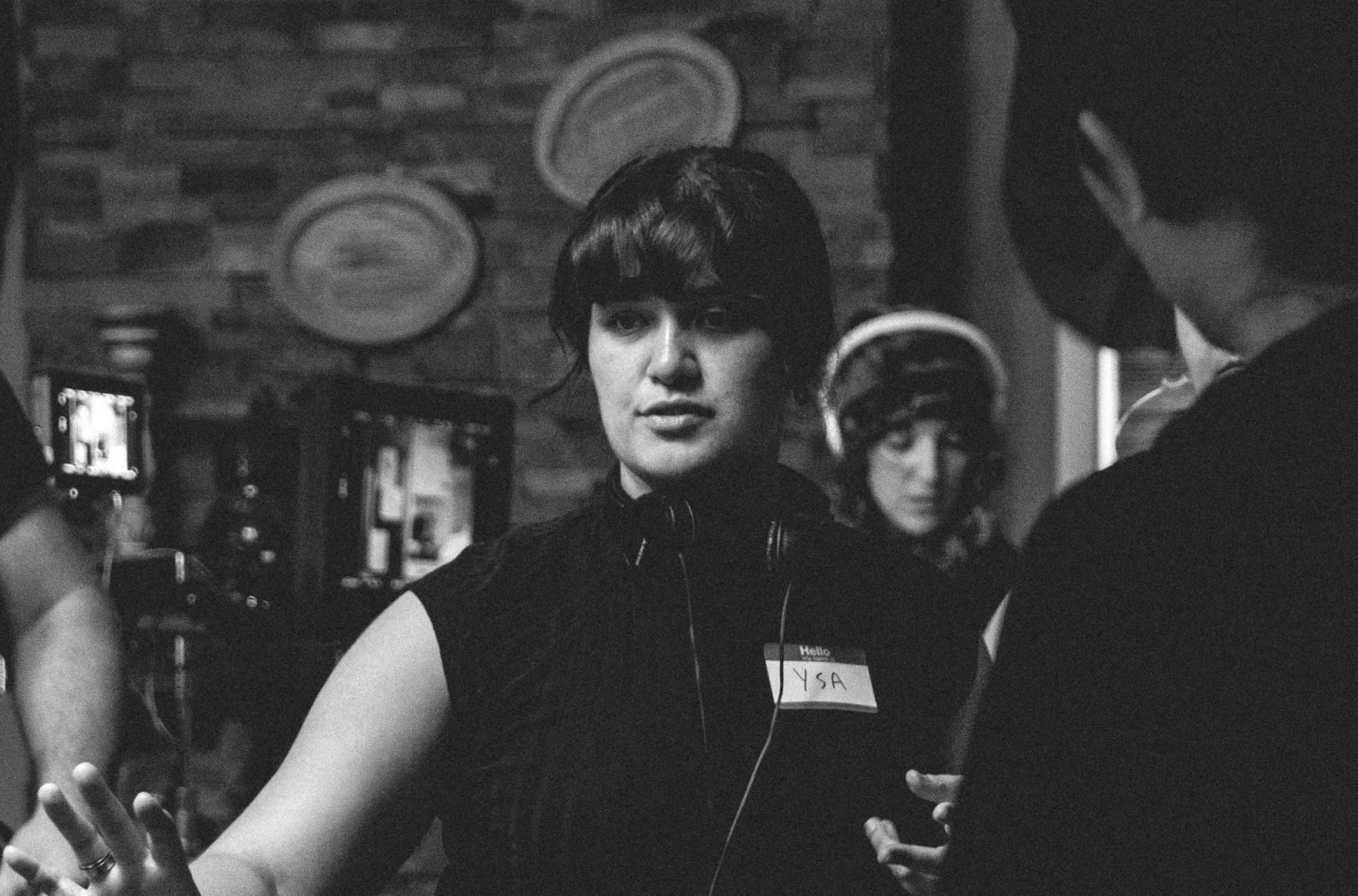
We had the good fortune of connecting with Ysabeaux Ng and we’ve shared our conversation below.
Hi Ysabeaux, how has your background shaped the person you are today?
I grew up a mixed-race, mixed-culture kid in the rolling hills of Eastern Washington State. My father is a Hong Kong Chinese immigrant to the United States, and my mother is a Scotch-Irish American. I inherited grand tales from my Chinese and Scotch-Irish family, who fled government regimes in the bottom of cargo boats and survived village famines with rice that rained from the sky. My heritage permeates my story work in every regard.
My feature screenplay Big Sister, inspired by the youth of my grandmother Moy Chau Mui, tells of an adolescent rice farmer who comes home from the fields to find her parents have sold her younger sister off to a traveling merchant—she sets out across Southern Mainland China in hopes of finding her sister and reuniting her family. Real-world Moy Chau Mui scoured the provinces, found her younger sister, and brought her home. They remained best friends through to old age and died within a month of each other. Big Sister will be featured in my portfolio at AFI’s Screenwriter Pitch Fest this summer.
I wrote and directed A Faded Yellow, a short film inspired by the colors of my life and the day I confessed to my Chinese father that I was quitting tea. When cowboy boots and farmer boys start to outshine family tradition, a Chinese American father schemes to stop his daughter from adopting U.S. ways of life before she announces the egregious. You guessed it! Quitting tea. We shot A Faded Yellow on location in the Palouse of Washington State; the film is an homage to my Chinese family and the American farming community that received them when they immigrated from Hong Kong half a century ago. I am developing the feature screenplay of A Faded Yellow to accompany the short as it makes its festival rounds through 2025.
My ancestry is made up of often overlooked lives, quiet beauty that is given the least attention but is most deserving of it. I have a responsibility to tell these stories well. I work hard, but I am the great benefactor of many lives who came before me—the success I am privileged to see, I owe to them. I feel the same about the remarkable community of filmmakers I’ve met at the American Film Institute Conservatory. I directed three films and wrote an additional three films in collaboration with talented AFI Fellows throughout 2023–I owe the caliber of these films to the Fellows’ brilliant gifts and good hearts. I am privileged to be associated with my AFI Conservatory cohort.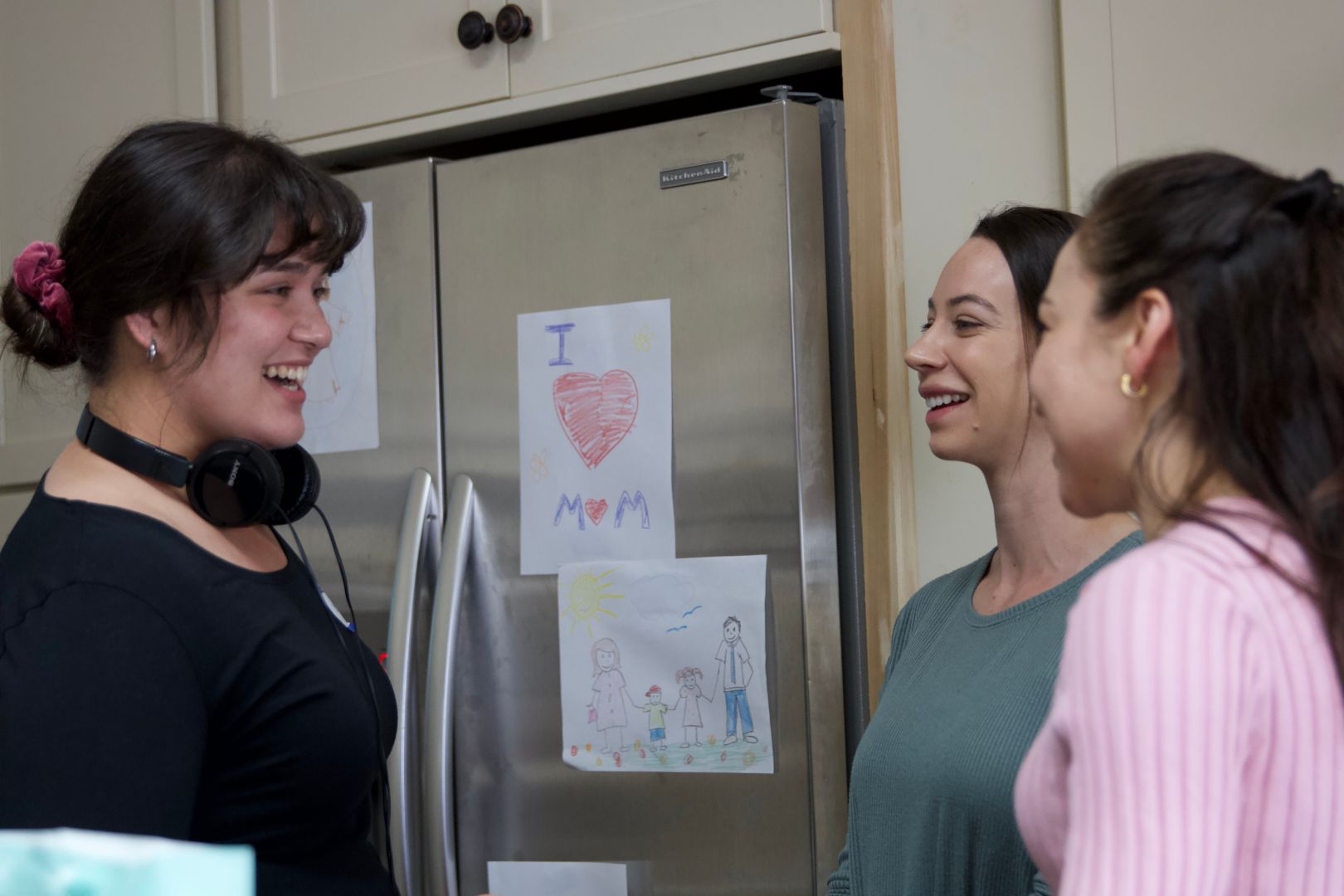
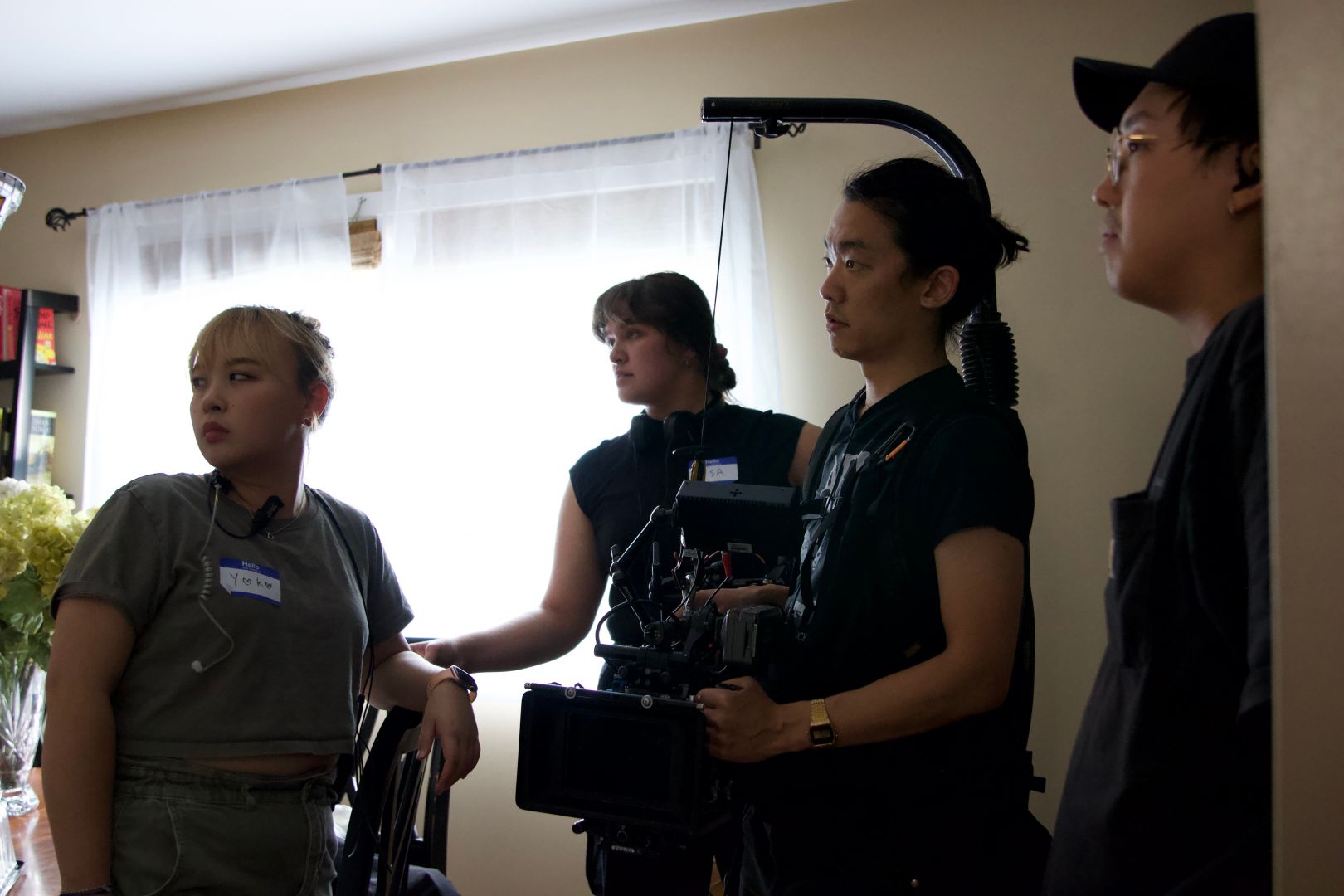
Can you open up a bit about your work and career? We’re big fans and we’d love for our community to learn more about your work.
The Los Angeles film and TV industry is an exciting, exhausting adventure—I’ve picked up such creative speed since moving here. The professors at both Brigham Young University and the AFI Conservatory poured their whole being into preparing me for heartfelt, high-quality professional work in this industry. My professor and friend Jeff Parkin instilled in me several key principles that inform every aspect of my craft as a writer and director.
~ Play the Long Game ~
In one lecture, Jeff told us of a young new painter who showed so much promise he was asked to put together his first show. When the day finally came for his formal debut, people were courteous about his work, but nothing memorable came of it. “This painter’s name was Pablo Picasso,” Jeff teased.
“It was ok. It was an ok show. How do we know he didn’t care? Because he kept freaking making stuff.”
Of the 3892 Final Draft pages I’ve written, 70+ professional sets I’ve run, and the 2 film degrees I’ve obtained, not everything I created caught wind. The productions I’m most excited about, however—the ones featured here—are the stories that stuck. You may not break the box office with your first feature. Not every day on set will pan out as planned. Don’t let that stop you. Keep at it. Keep writing. Keep making films. Martin Scorsese himself said, “It is not the most brilliant that excel in film but the most patient.” Be patient. Keep at the craft and you’ll be ready when the opportunities finally arise. As the brilliant Lulu Wang puts it, film production is “an act of faith.”
~ Be Forthright with Who You Are ~
At the start of my career, I was so enamored with others’ stories that I forgot about my own. My early scripts and films were about anyone but me. Jeff’s curriculum assignment to write down the ten most significant experiences in my life was the first time I saw myself as a worthy protagonist. My work to follow was noticeably stronger. I learned that overlooking my life will weaken the stories I tell because I will lose touch with how I connect to my work. If I don’t see myself in a character, I can’t expect my audience to. And if they don’t, I can’t expect them to buy the ticket and put their butts in that theater seat. A Faded Yellow, Big Sister, and even my AFI thesis screenplay Year of the Rat all have distinct traces of my own character arc interlaced. As the great Martha Graham instructed, I have kept these pieces mine clearly and directly.
So… storytelling as a profession requires being forthright with who you are. This same honesty is important as I pitch myself and my work to collaborators. The ‘no’s’ in this industry pile up and daunt, but the more forthright you are, the quicker you can sift through ‘no’s’ to find ‘yeses’ from teams whose visions require your specific instincts, tastes, and skillsets as a creator. Those projects will magnify your strongest suits and better sell your work in the future. Creative rejection is like relationship rejection—the ‘no’s’ are the healthy, efficient way to find a best fit faster, one that accentuates your strengths. Or maybe I assume too much of LA’s dating maturity. Ehe.
My work is a constant reflection of my identity as a mixed-race mixed-culture kid. It is, therefore, founded upon the idea that the real antagonist force in every intersectional story is contradiction—the reality that two things can be true at once. When I confessed to my father that I was quitting tea, I did so as a sincere expression of a religious belief I would’ve been lying to reject. When my father replied with the reminder that I’m Chinese, he did so with a sincere desire to preserve the one cultural icon we regularly bonded over. We were both being honest. As a reflection of this experience, A Faded Yellow depicts two good people trying not to let their worldview overpower their respect for the other, neither in the wrong for trying to honor what they feel is right. In my obsession with contradicting truths as an antagonist, I can’t seem to shut up about Jean Renoir’s statement, “The truly terrible thing is that everyone has their reasons.” Once you know someone’s reasons for their character defects, it’s hard to hate them. The trick is getting an audience not to look away from what those reasons are.
All that is left, then, is to be honest. Honesty is the driving force for my screen work because it is the catalyst for radical love. In fact, honesty is such a driving force that my AFI Thesis Screenplay follows a character whose dishonesty has ruined his life. In my children’s animated feature script Year of the Rat, Rat is classically known for being a cunning liar. Rat’s lies, however, have gotten so out of hand that Father Time threatens to kick Rat off the Zodiac if he doesn’t shape up. I’m excited to reveal the details of this pitch at AFI Conservatory’s 2024 Screenwriting Pitch Fest. I’ve specialized in children’s animation as I’ve pursued my Screenwriting MFA, and I’m eager to debut that work this summer.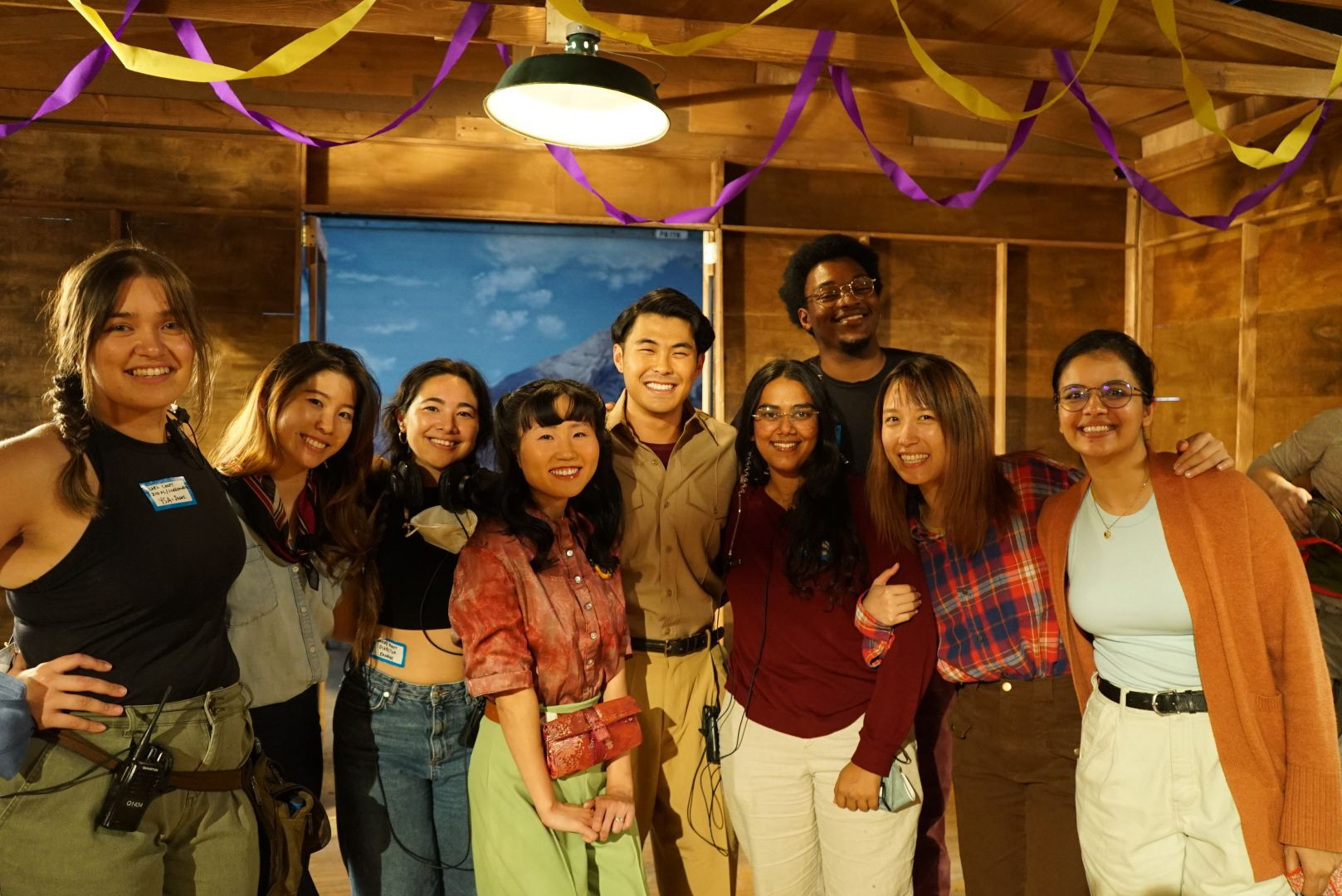
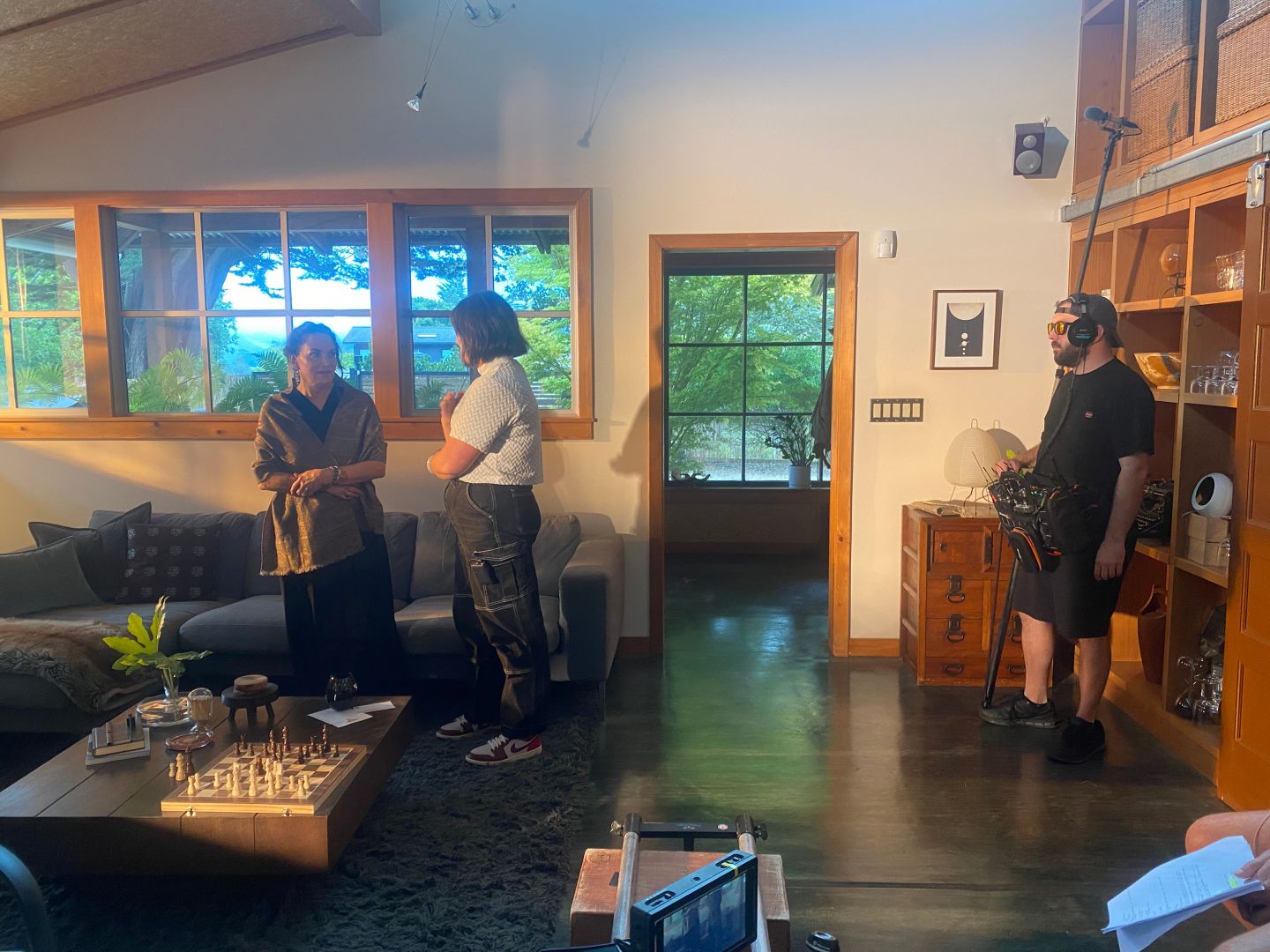
If you had a friend visiting you, what are some of the local spots you’d want to take them around to?
My older brother and his partner flew over from Paris to kick off the New Year with me here. They’re cinema lovers, too, so I took them to the place I go when I need revitalization for my craft’s hard work, sleepless nights, and vulnerability—the Academy Museum of Motion Pictures. We nearly combusted over the Agnes Varda exhibit, and we ogled at the first floor’s rotating film frames till they repeated their fourth cycle.
We’re major Miyazaki nerds, so we bought posters of his work at the museum store on the way out. My brother was most excited to catch a screening of The Boy and the Heron at the TCL Chinese Theatre while they were here. Quick digression—The Boy and the Heron is a masterpiece. I know a lot of people came out of that film dissatisfied with Miyazaki’s abstract swings, but Miyazaki has shown he knows how to appeal to his audience—he entertains us so well we all come back for more—so clearly The Boy and the Heron isn’t made to entertain us. It was made for Miyazaki himself, and his family. It was an unequivocally vulnerable piece for him. My dear friend and one of AFI’s Editing Fellows Sharon Shen put it perfectly when she said, “Miyazaki told a story about a boy who, like him, escaped a beautiful world by trying to craft his own only to realize through his created world that the beautiful real world is worth returning to.” Real life, mundane as it may seem, is worth choosing when the dream is over. Sharon is a remarkable editor, by the way. She and I collaborated on the short film Martha, Martha—a tale of two sisters who come at each other from opposing sides of a religious argument on how to handle their father’s sexual misconduct. Sharon’s every decision in Martha, Martha’s post process was emotionally motivated and in tune with our characters’ internal experiences. She had a sharp eye for nuanced shifts in our actors’ performances. As a director, I love working with an editor who justifies cut choices with emotional beats. Shout her out next! Now back to our L.A. itinerary.
I took my brother and his partner on a tour of the AFI campus. As they scanned the photographs of every AFI Lifetime Achievement Award winner, my brother said “Wow. You made it, kid. This is the school for your craft. You’re really doing it.” That meant a lot coming from him. He’s a smart guy—he’s finishing up a Ph.D. in English Studies as he teaches at Sorbonne Université. My brother and I both take a serious interest in documenting the cultural experience of the East Asian diaspora, he from an academic perspective and I from a cinematic narrative perspective. We both lived in East Asian countries—he in Korea, I in Hong Kong and Japan—so we regularly get homesick for the East. That means next up on the LA itinerary was a little taste of home—the Korean food scene!
Los Angeles is internationally known for Koreatown—even Paris doesn’t have one of those hehe—so I took my brother and his partner to the legendary Soban, Bong Joon-ho celebratory restaurant of choice after his Oscar wins for Parasite. The banchan earned five stars from the former Seoul resident himself, and we could pound their Galbi Jjim (spicy braised short rib) down by the pot load. They marinate that sucker for three days! My brother and I have a particular affection for family-run restaurants given our upbringing, so we loved that spot. The owners reminded us of our Ng family back in Washington. My brother missed Korean fried chicken so much that we ate it three times that week—twice at the chain b.bq Chicken and once at Chicken Day on Western. So delicious it’s addictive!
Gah, so many ways to drink up this outlandish, magical city! We visited the Getty Museum, the Broad, the Santa Monica Pier, the Wisdom Tree, Griffith Observatory. Scoured a few bookstores. But as major nerds, our real vacation time was spent reading books and nibbling on charcuterie as we sat by the beach. I snuck in a read of Murakami’s Wind-Up Bird Chronicles! Man, Murakami. I’ll love him forever for catalyzing the production of Drive My Car. Timecode 02:49:20 of that film is the greatest scene in cinema history to me. Exquisite.
There were a couple spots we didn’t have time to sneak in before they boarded their plane back to Paris—I’ll take them to the Japanese Garden in Pasadena and pick them up a few mochi sesame rolls from Bricks and Scones next time around.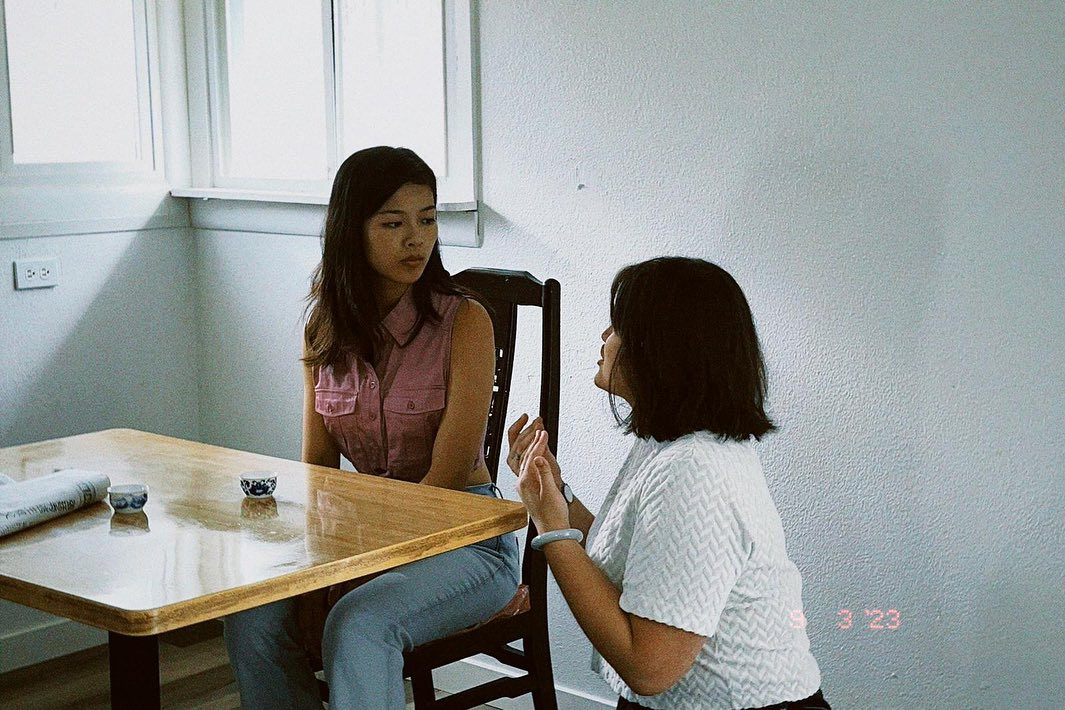
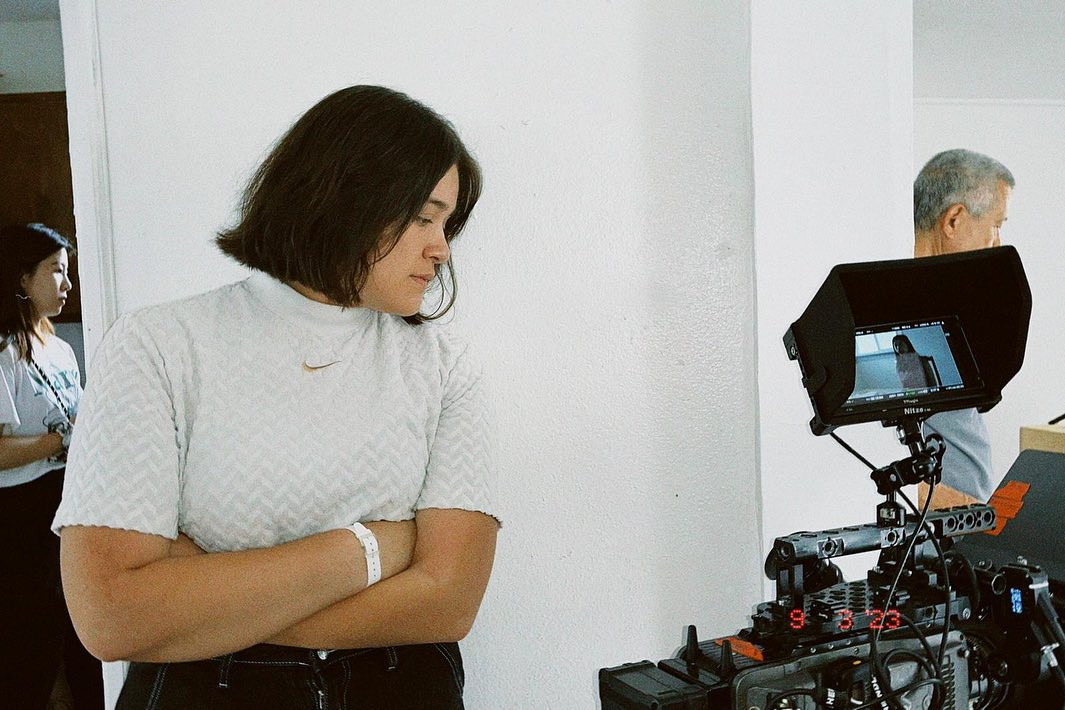
Shoutout is all about shouting out others who you feel deserve additional recognition and exposure. Who would you like to shoutout?
My shoutouts are all over my answers to the other questions–it wouldn’t have been possible to lay out my story without credit to the family, mentors, and collaborators who invested in my success. I do want to add a thank you to my great-great-grandmother Liu Sau Oi, whose dedication to my father brought them both to Hong Kong and then to the United States. She is the reason I came to be and have access to the epic ancestral stories I tell. “… For the growing good of the world is partly dependent on unhistoric acts; and that things are not so ill with you and me as they may have been, is half owing to the number who lived faithfully a hidden life, and rest in unvisited tombs.” ~ Mary Ann Evans, as quoted in A Hidden Life (2019)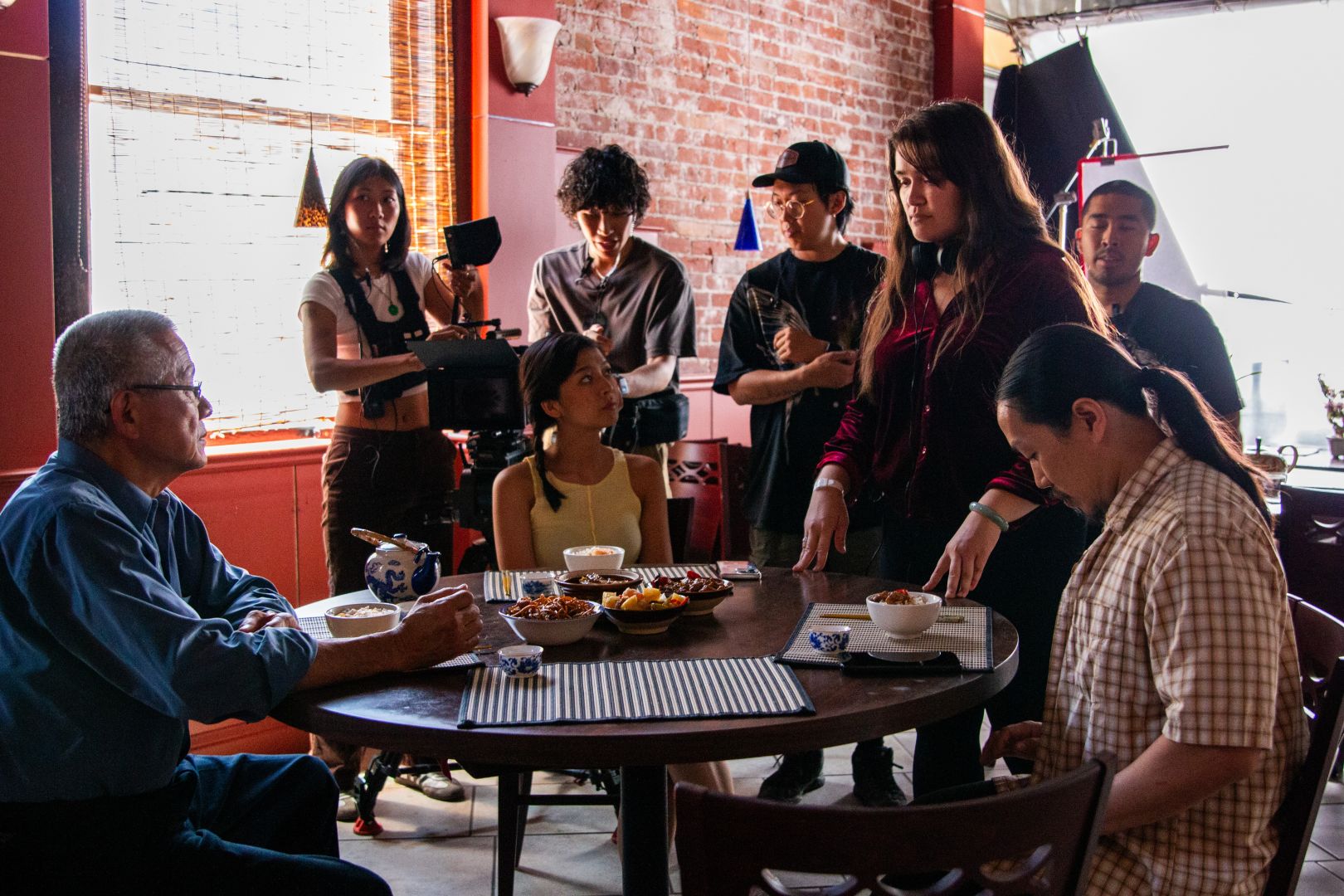
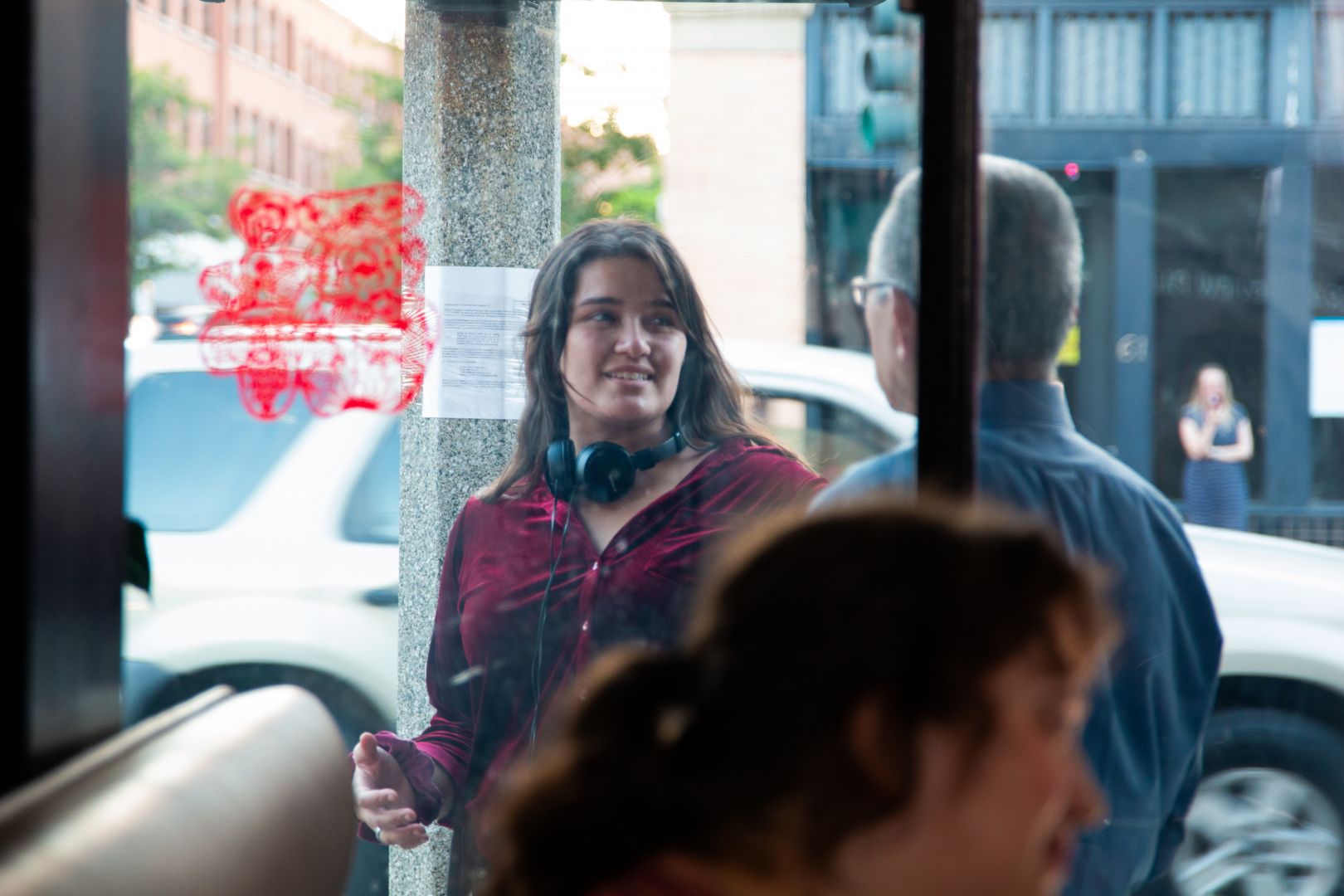
Instagram: https://www.instagram.com/ysabeauxng/
Linkedin: https://www.linkedin.com/in/ysabeaux-ng-90a87713a/
Image Credits
Alex Aljouni, Bruce Wang, Tiffany Wu
